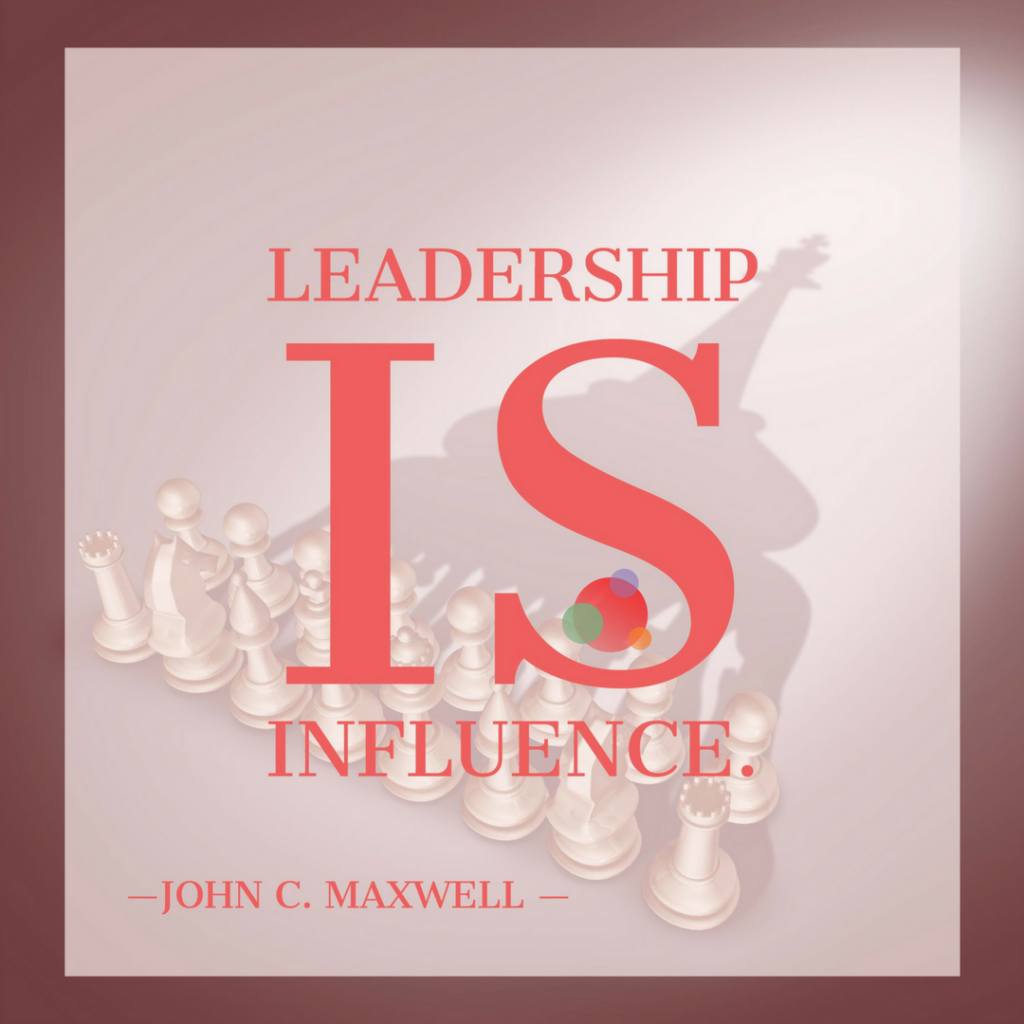 Thought leadership is a term many marketers love to hate.
Thought leadership is a term many marketers love to hate.
Yet building it is essential and extremely challenging.
Fortunately, there is a lot of help available to get you and your brand out there, from digital tools to expert services.
But these solutions will only work if you have an established, solid foundation already built.
For instance, content marketing and social media are two great platforms for promoting your message.
But what exactly is the message you want and need to deliver?
Is Thought Leadership a Buzzword or Basic Need?
Some still believe thought leadership is, at best, an overused marketing buzzword.
At worst, it’s a fake and useless concept.
But as business continues to be increasingly high-stake and hyper-competitive, the value of thought leadership becomes increasingly clear.
Moreover, when you’re dealing in a highly crowded space, thought leadership ceases to be a mere nice-to-have attribute.
When competition is tough and customers are discriminating, it becomes your tool for survival.
One Unbelievable, but Crucial Step
Now here’s the thing: Building thought leadership is a tricky task.
You know it entails a well-thought out strategy and smartly laid plans.
That it needs a significant investment of your time, skills, and money.
That, like many successful PR campaigns, requires a long-term outlook to succeed.
As mentioned, it’s all possible with the right tools.
With the help you need, it will be possible to move forward and ahead of the pack fast.
But here’s where I get a bit anti-climactic and say, wait. Don’t go rushing ahead yet.
At this point, what you really need is to first step back.
Counter-intuitive, but it’s a tested and proven move.
It works, with fantastic results, based on our work with business leaders from various industries, ages, genders, and nationalities.
The crucial work of stepping back to establish thought leadership (and leadership in general) is an act of creating more self-awareness.
How to Step Back to Lead the Way
As with any monumental task, stepping back can be more manageable when broken down into smaller steps.
The following steps are a start, and each can be further broken down into even simpler pieces.
- Know Where You Stand. Conduct a self-audit. List your strengths, weaknesses, and interests. Identify the value you can deliver. This is a very basic, but often neglected, essential item when you’re deep in the daily bustle.
- Define Your Desired Outcome. Specify the ideal end that you aim to achieve. Try the power of visualization to gain a clear understanding of what you really want.
- Develop Your Own Mission Statement. This is your personal set of standards—the scoreboard for measuring your ideal. Keep it a bit flexible and make sure to keep coming back to it during the course of your progress.
- Know Thy Enemy. Any mission comes with a few (or numerous) roadblocks. It’s important to identify these hindrances, so you can figure out how you can work your way around them.
- Rock the Boat. Systems and routines are the keys to achieving consistent results. But disruption takes you up another level, whether it’s a simple tweak in your daily routine or a completely new and innovative way of thinking and doing.
- Monitor and Measure. Document your journey and keep track of both your wins and fails. Based on this data, recalibrate and refine your approach—proceed, test, review, rinse, repeat.
As you may notice, the process is a lot like developing a PR or marketing campaign.
Many will find it incredibly hard—and indeed it is—because taking a hard look at yourself will always be a difficult mission.
But you’ll also find, once you get this done, everything that follows will flow a bit more smoothly.
So tell me: Have you ever taken a step back that enabled you to move forward and get ahead of your game?